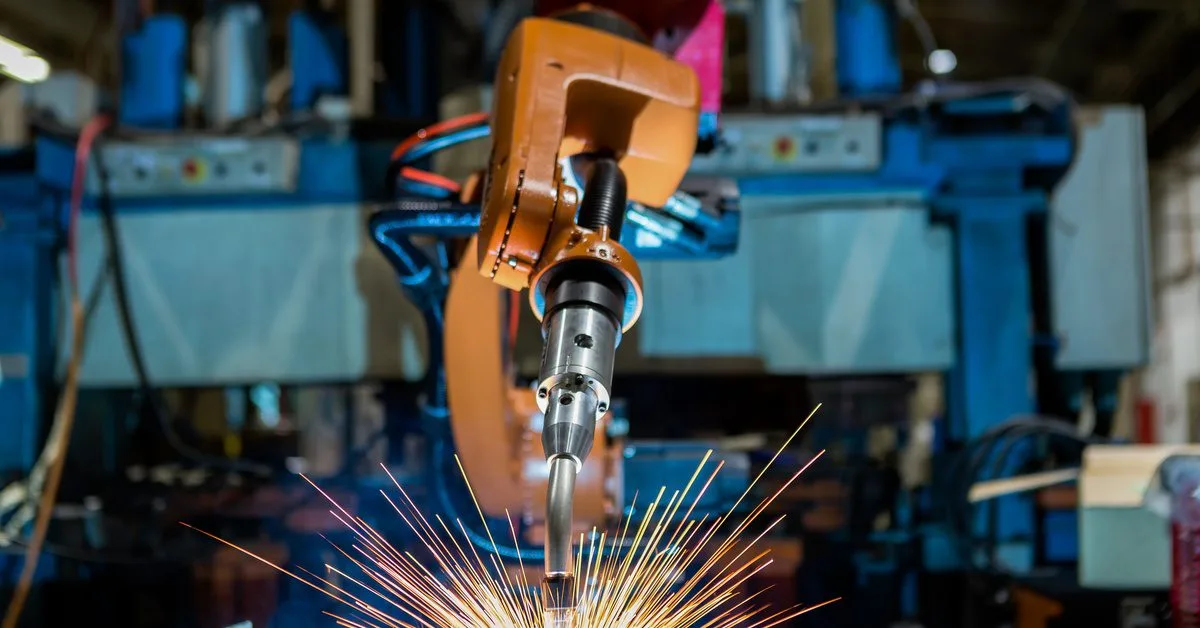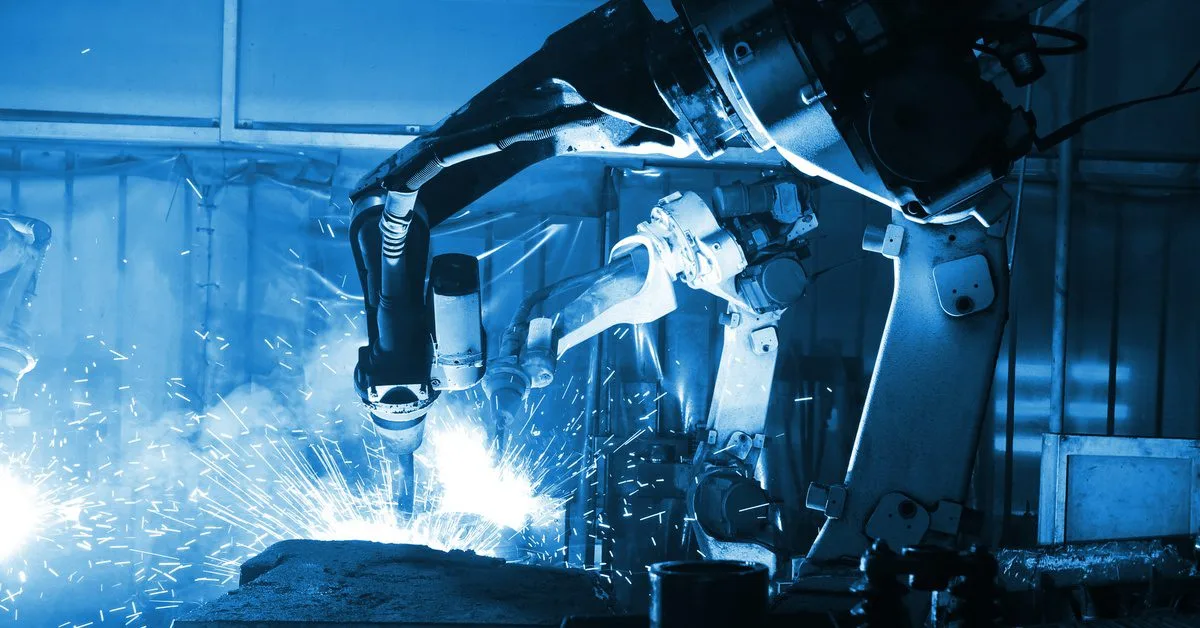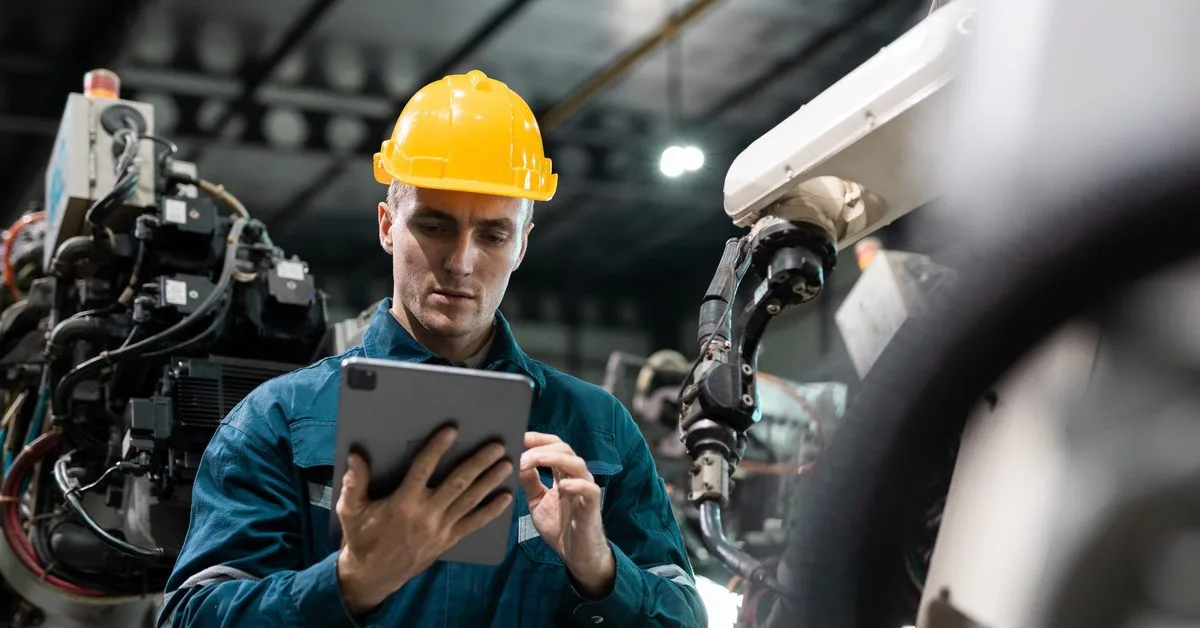
Welding is one of the most widely used processes in the metal fabrication industry, as many work fields rely on it. Construction companies, automotive manufacturers, and even aerospace companies use welding to join metal pieces together. While manual welding is the traditional option, it’s not always the best, as it leaves jobs open to human error, reduces productivity, and has other drawbacks.
Automated welding revolutionizes the process by combining precision technology with streamlined workflows; it eliminates many of the inefficiencies and risks associated with manual welding. This post details the benefits of automating your welding process.
Increased Productivity
Automation transforms welding productivity by eliminating manual intervention and addressing inefficiencies in traditional processes. Workers simply program the machine so it knows how to weld pieces and where. Using computer-aided design (CAD) software, they can design and simulate welds in advance, ensuring accuracy and reducing setup time. From here, employees can monitor the work and make sure everything stays on track.
Less Downtime
Welding by hand can take hours, and people need to take breaks, especially when they handle heavy equipment. Automated welding systems, on the other hand, can operate continuously for extended periods without breaks or maintenance.
Faster Production
Less downtime also means faster results, and an automated welding machine can work 24/7. Additionally, a machine is less likely to make errors since it follows programmed instructions, resulting in more consistent and precise welds. This results in a faster production process and fewer errors that require correction.
Better Quality
When you work in the metal fabrication industry, you know that strength and durability are essential to everything you craft. As we’ve explained, welding is critical to the construction industry, and poor technique could compromise the framework of an entire building.
Automated welding eliminates inconsistencies caused by human error by using programmed machines to deliver precise and consistent welds every time. This not only ensures better structural integrity but also results in a higher-quality finished product.
Moreover, machines can replicate exact settings and techniques each time, eliminating variations inherent in manual welding. If you need to weld identical pieces for a large project, automated welding can save time and resources by ensuring uniformity in every weld.
Repeatability
Another benefit of automating your welding process is that it allows you to perfectly replicate any weld. If you do metal fabrication work for numerous businesses, this means you can provide each one with their unique work every time. Unlike manual processes that can fluctuate due to skill levels or fatigue, automated welding offers unwavering accuracy over extended periods.
Automated welding systems deliver precision and repeatability by using preprogrammed settings and advanced software. Manufacturers save and reuse welding programs to effortlessly replicate complex welds. This way, even the most intricate or demanding designs achieve identical precision and quality, eliminating inconsistencies common in manual processes.
For example, if you must weld hundreds of electronic parts used in kitchen appliances, the automated process ensures each weld is the same. This not only saves time and money but also guarantees consistency in quality.
Improved Scalability

Whether you need to craft a small batch of specialized products or a full-scale production run, automation offers unmatched flexibility. Unlike manual welding, which can require significant time and effort to adjust for increased outputs, automated systems can quickly respond to changing requirements without sacrificing quality or efficiency. This is partially thanks to the reduced downtime and increased speed offered by automated systems.
Beyond its operational flexibility, automated welding also reduces the dependency on extra labor or resources to meet scaling needs. For manufacturers, this means lower labor costs and fewer concerns over staffing shortages during peak production periods. Instead of hiring and training additional workers, businesses can rely on automated systems to maintain precision and throughput, creating a cost-effective way to manage growth.
Flexibility in Welding Applications
One concern that professionals may have is whether machines can produce the type of welding they need, and they can. Most manufacturers rely on automated equipment for MIG, TIG, PAW, laser, and even spot welding. This flexibility is crucial for businesses managing diverse production needs. Whether you’re fabricating lightweight aluminum structures using TIG or tackling high-speed steel welds with MIG, automation ensures that these transitions are efficient and precise.
Reduced Waste
Manual welding often results in the overuse of filler materials since welders may overcompensate for gaps or poor fit-up. Likewise, every time a welder makes a mistake, they have to restart the task with fresh material. Not only does this get expensive, but it also wastes time that workers could spend on other tasks.
Automated welding systems utilize feedback control sensors to adjust the welding parameters, resulting in more precise and consistent welds. This reduces waste by minimizing errors and using only the necessary amount of filler material.
Longer Tool Lifespans
Efficient material usage in automated welding can also extend the lifespan of tools and equipment. Optimized and controlled processes significantly reduce wear and tear on welding tips, nozzles, and other consumables.
Cost Savings
As we briefly touched on, automating welding can reduce labor costs, leaving you with more money to spend on other areas of the business. In addition to minimizing material waste, automation reduces the reliance on skilled welders for repetitive tasks, allowing professionals to reallocate labor resources to more complex or creative roles.
Although automated equipment may have high upfront costs, the long-term savings in labor and material costs make it a worthwhile investment for businesses looking to cut costs and streamline processes. Additionally, with advancements in technology, automated welding equipment is becoming more affordable and accessible for smaller outfits.
Safer Work Environment

One of the top reasons to rely on automated welding is because it’s safer than traditional options. By using machines, you keep workers away from harmful fumes, intense heat, and high voltages. Automation mitigates these risks by assuming the most dangerous tasks and minimizing human exposure to hazardous conditions.
Automated welding systems include advanced safety features designed to prevent accidents. Features such as collision detection, real-time monitoring, and ergonomic design ensure safe interactions between automated machinery and workers.
Why It Matters
Creating a safer work environment improves employee morale and retention; people are more likely to stay at a company that values them. Plus, with less exposure to fatigue and physical strain, workers can perform their roles more effectively and confidently.
Work With a Reputable Partner
Automating your welding processes offers unmatched precision, increased efficiency, and the ability to scale production effortlessly. These benefits not only transform your manufacturing operations but also position your business for long-term success in a competitive market.
IMS Buhrke-Olson leads the industry for precision metal stamping services. Our expertise in precision metal stamping and assembly, combined with advanced facilities in the US and Mexico, makes us the trusted partner for businesses seeking exceptional results. With a commitment to quality and customer satisfaction, we help companies achieve consistency, cost savings, and faster production times.
